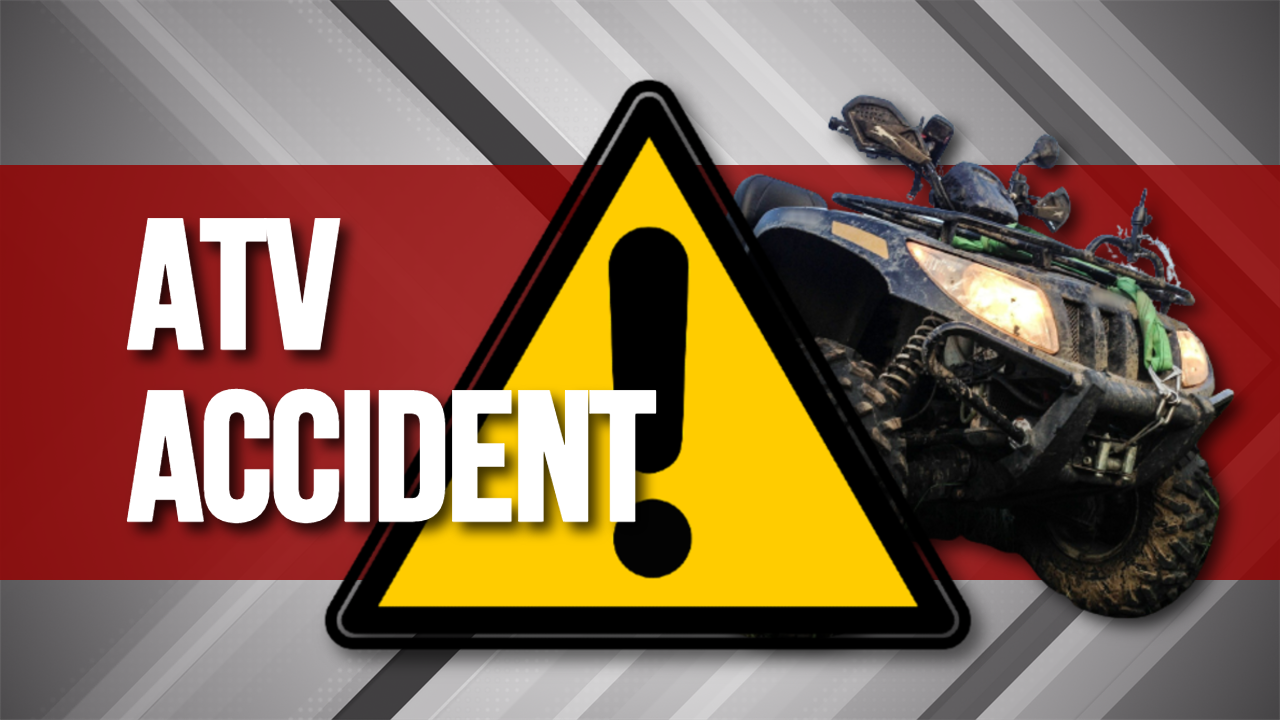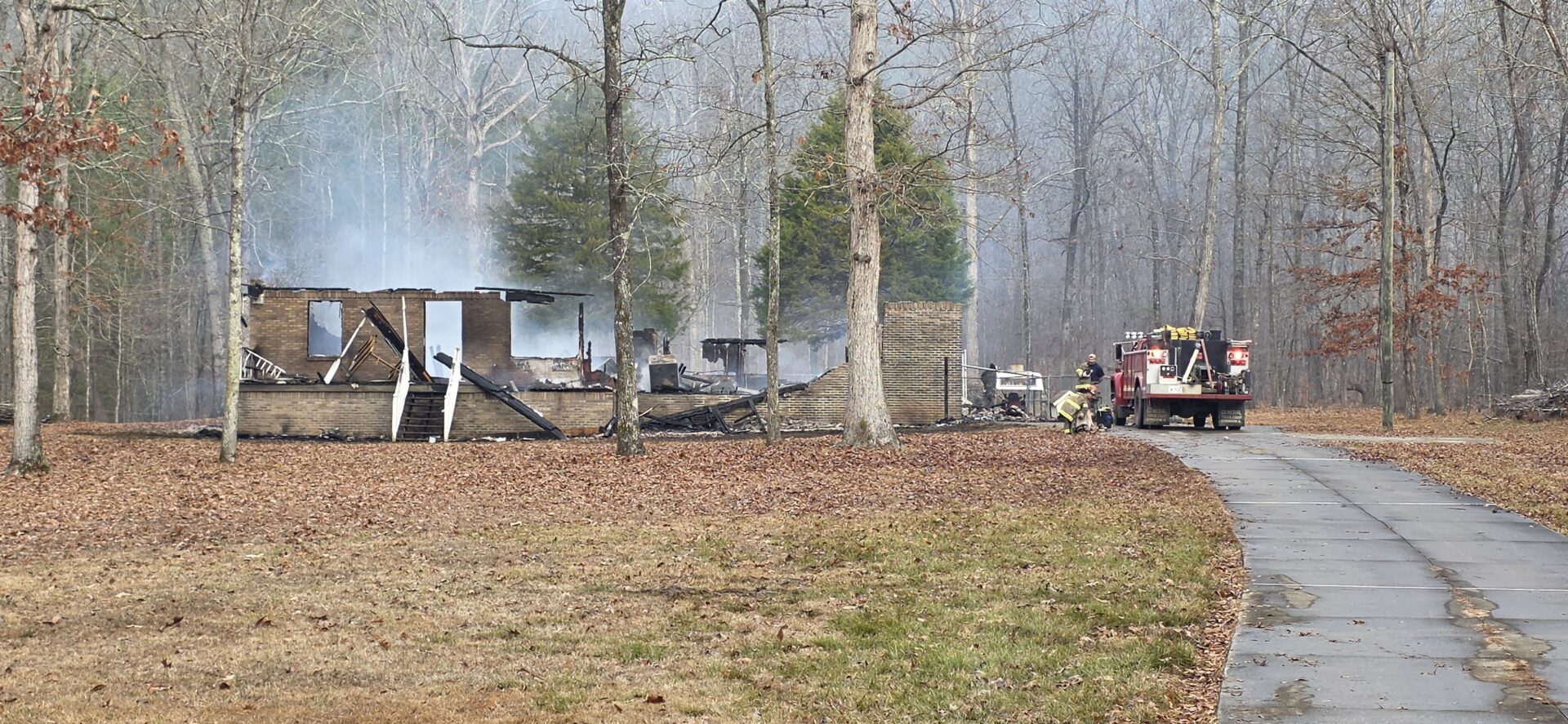
(NEW YORK) — Low water levels at the Panama Canal are causing a traffic jam at the historic trading route that connects the Atlantic and Pacific Oceans, threatening to ensnarl the holiday shipping season and raising alarm among canal officials.
The 109-year-old canal works through a water lock system that move ships up or down as they make it to the other side. Each ship that goes through the canal uses millions of gallons of water that gets sucked in from nearby lakes. Without this fresh water, the canal can’t operate.
There’s always been enough rainfall flowing to these lakes, but this year a longer dry season and a shorter rainy season have led to a shortage of freshwater to feed the canal, according to canal officials.
ABC News foreign correspondent Matt Rivers spoke to “START HERE” about his visit to the canal, how authorities are instituting new rules to help conserve water and concerns about the potential impact on supply chains and consumer prices.
BRAD MIELKE: Remember when the Suez Canal in Egypt backed up because of a boat accident, basically? Hundreds of ships patiently lined up for days while the world’s freight traffic just stopped?
Well now, a similar situation is playing out closer to home. The famed Panama Canal is now home to the planet’s biggest traffic jam, but this time it’s not because of a ship, but because of the water.
ABC’s foreign correspondent Matt Rivers is on the ground in Panama right now. Matt ,maybe I should have said not water, it’s a lack of water, right? What’s happening?
MATT RIVERS: Yeah, that’s exactly right. So basically, you have the Panama Canal. Everyone knows that it connects the Pacific Ocean to the Atlantic Ocean. And right now, there are huge delays. You can enter the canal from either the Atlantic or the Pacific, and we took a boat out on to the Pacific the other day and there are just ship after ship after ship stuck waiting.
And the reason why has to do with the way this canal is structured.
So, basically, the way this works is that as you enter one side, a series of locks, so think of them as like water elevators – they have to move ships either up or down as they make it to the other side.
In order to do that, the canal sucks water in from nearby lakes. These are freshwater sources. So basically, it’s rainfall that comes down, feeds the rivers, the rivers feed down into the canal.
Each ship that goes through the canal uses about 55 million gallons of water, most of which then gets flushed out to sea as the ship makes its way through the canal. In a place like Panama, which is one of the wettest countries in the world, that has never really been a problem – until now, because when you think about what I just said, you have to have a lot of fresh water.
Well, what happens this year? From January to about March, April, I would say, is typically the dry season in Panama. But that dry season was extended by a few months this year where they didn’t get the amount of rain they needed. It was hotter, a more extended dry season. And when the wet season started, let’s say around June until now, it’s been a less wet than usual wet season.
Basically, with all that adds up to is that there’s less fresh water. The levels in the canal are much lower than where they need to be, and so as a result, canal authorities have less water to work with when they’re moving each one of these ships through.
They’ve had to implement water saving, water conserving measures. So what that’s meant is that not only are they allowing less ships to go through the canal every day, from 36 on average down to about 32 on average, but each ship also has weight restrictions now.
They have to actually have less cargo on board. So what that means is delays. The number of ships that are going through each day is less, but the number of ships arriving same as ever before, and so that’s why on both sides, in the Atlantic and the Pacific, you’ve got ships waiting.
Right now, we’re approaching about 150 ships, more or less waiting to transit through.
MIELKE: So how bad is that? Like, what does that mean for consumers, I guess? Like, how bad is it getting as far as the shipments?
RIVERS: Sure. So, basically, think about what these ships carry through. It’s everything from consumer electronics to raw materials used to make other goods. The shipping companies, the companies that are paying for these shipments, they incur more fees. The longer these delays go on, ultimately, their costs go up. And as we saw during the pandemic, what happens when companies incur more costs? Do they eat it in the public good? No.
Generally speaking, they say let’s just pass those costs right along to the consumer. And that is the fear here. We’re not really seeing that yet, but this is the start of the peak season for shipping. And it might I mean, don’t get mad at me for talking about Christmas this early. I’m not someone who likes to see Christmas trees in Target this early, but these shipping companies are thinking about Christmas.
So there could be delays in those goods getting to stores, and you could see prices go up a little bit as a result. Again, we’re not seeing that now, but if these companies decide to pass costs incurred here at the Panama Canal on to your average American, then you could see prices go up.
That said, let me just say, this is not going to be, at least for now, as bad as the kind of supply chain issues that we saw during the global pandemic.
MORE: Drought monitor spells good news for California, but ‘not out of the woods’ on megadrought
MIELKE: Well, and I guess this raises this larger worry, which is like, if there’s a boat accident there, that can get fixed in a day. If there’s part of the canal is destroyed, you could reconstruct that in a week or a month or whatever. Droughts can last for years, Matt. So what happens going forward if the problem is just how much it rains in a country?
RIVERS: Yeah, and those are the questions that we posed to Panama Canal authorities, and they’re taking it one step at a time.
During the wet season, which is where we are now, that’s when normally the feeder system for this canal fills back up. So when dry season comes around again in the early part of next year, they’ve got enough water to work with, they get through the dry season, then the wet season comes again and everything is OK. But if the wet season doesn’t fill back up their supplies enough, then they’re going to be starting off next year on the back foot.
Without fresh water, this canal cannot operate. It’s that simple. So what keeps the authorities here at the Panama Canal up? The long-term viability of the canal. If they don’t get more fresh water, then they can’t operate the canal the same way they have since it opened more than a century ago.
We’re not there yet. We don’t hope, no one hopes, we get to that point. But these are the kinds of conversations that are being had here at the Panama Canal within the official community that have literally never happened before.
Copyright © 2023, ABC Audio. All rights reserved.




